COMO RESOLVER PROBLEMAS CRÓNICOS CON LA DEPURACIÓN
Este libro aporta una visión cuestionadora del actual paradigma de salud, que no brinda respuestas a los problemas crónicos y degenerativos. Se propone un abordaje alternativo, basado en el sentido común y en el concepto de ensuciamiento corporal como causa real y profunda de las enfermedades. Estimula a conocer las leyes biológicas que rigen nuestro maravilloso cuerpo humano y a respetar su inteligentísima fisiología. Está destinado a un público vasto: enfermos agobiados por padecimientos crónicos o degenerativos, personas interesadas en mejorar su calidad de vida y sobre todo a quienes están dispuestos a transitar el dignificante camino de la autogestión de la salud.
Lo que habitualmente llamamos enfermedad, es solo un síntoma del estado de desorden al cual hemos llevado a nuestro organismo. En sí mismo, el cuerpo humano tiene gran cantidad de maravillosos mecanismos para resolver problemas a los que puede verse sometido: excesos, carencias, toxicidad, etc. Pero nuestro moderno estilo de vida se las ha ingeniado para colapsar esa increíble armonía, malogrando la natural capacidad de adaptación a los inconvenientes.
Asumir esta realidad, representa el cincuenta por ciento de la solución de nuestros actuales problemas de salud. Y ese es el objetivo de esta publicación: que el lector comprenda cómo él mismo ha generado tal situación de desorden y -por sobre todo- cómo él mismo puede remediar tal problema, en la medida que retorne a los hábitos saludables que nunca debió abandonar.
Continue reading “Libro: Nestor Palmetti – Cuerpo Saludable [ES]”

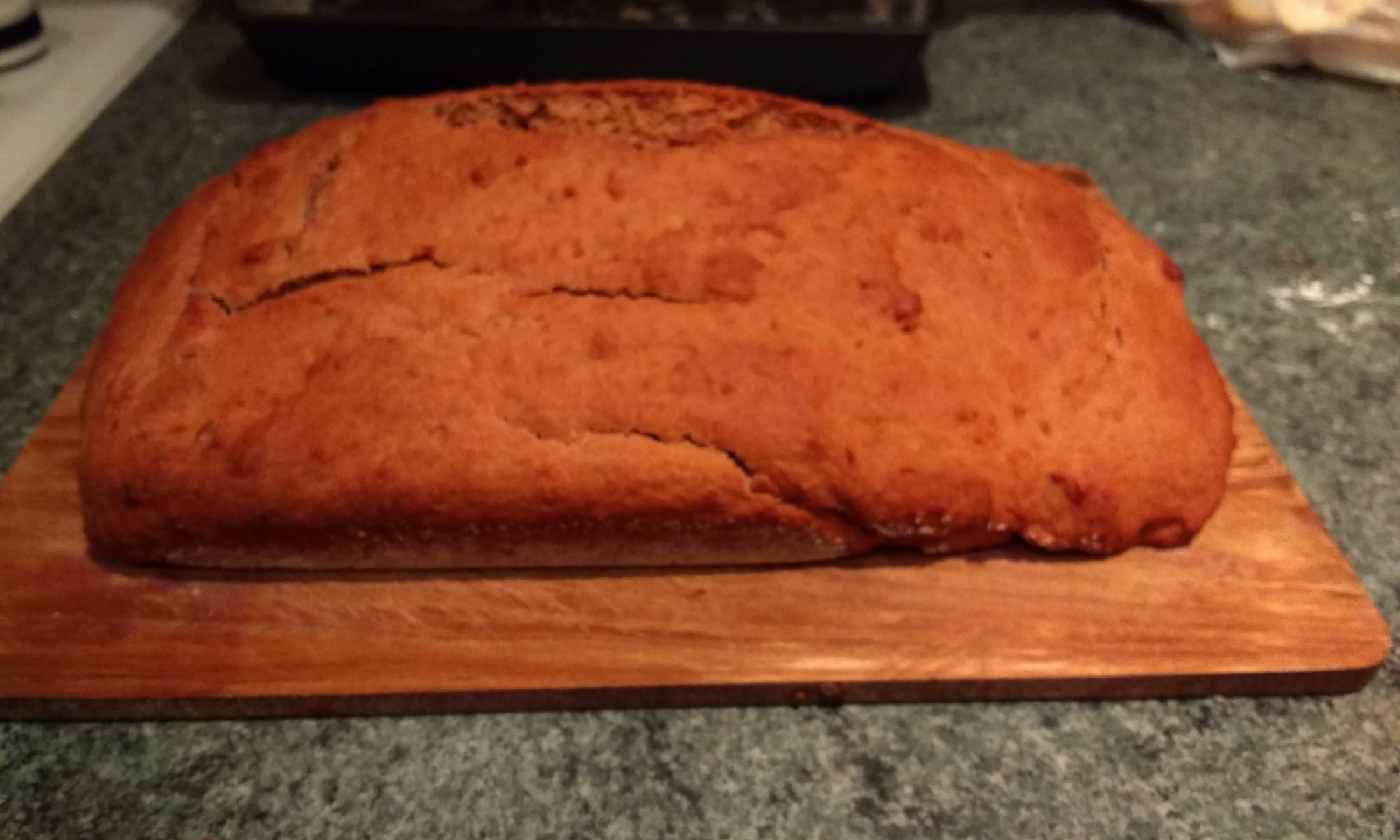
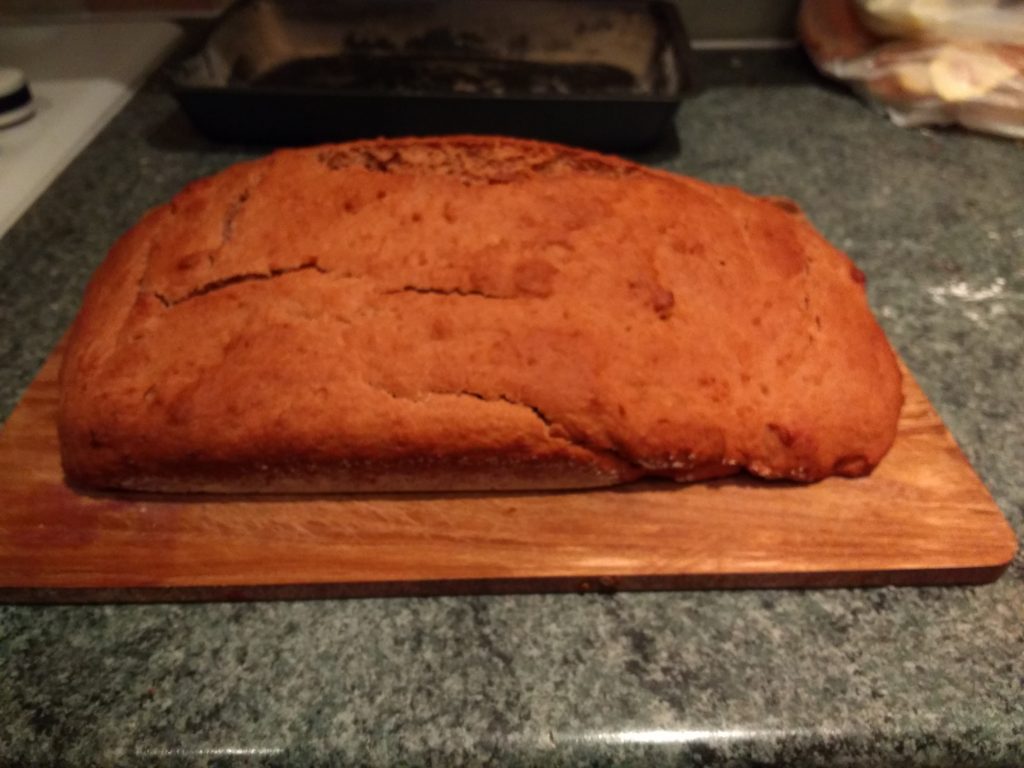
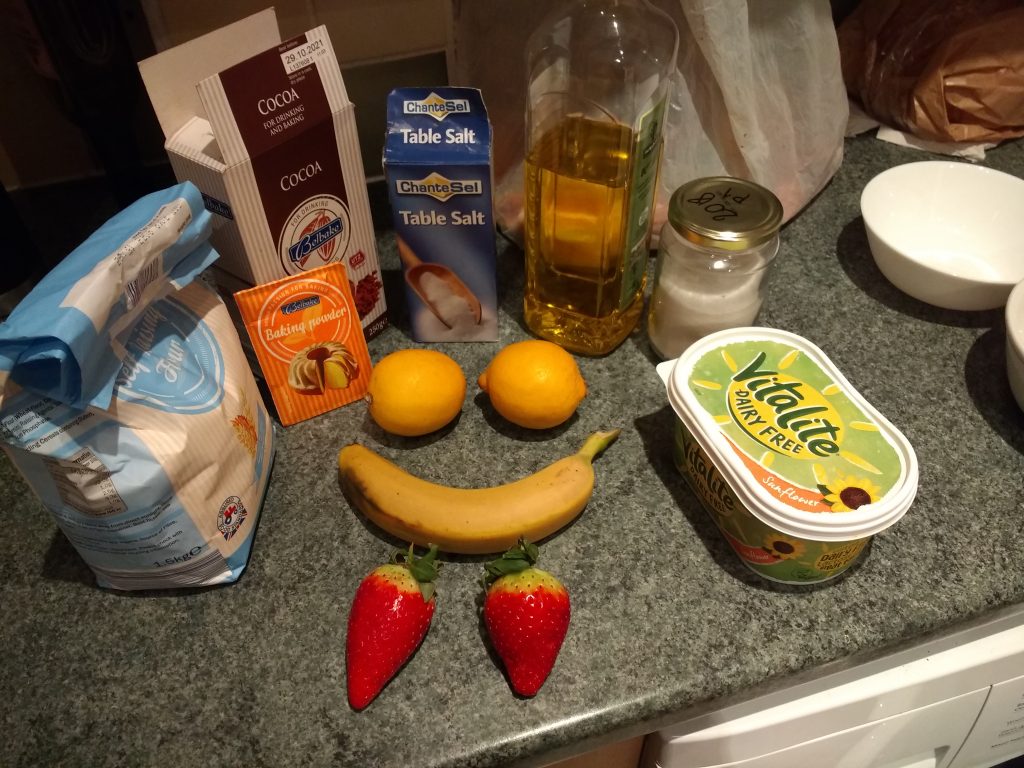
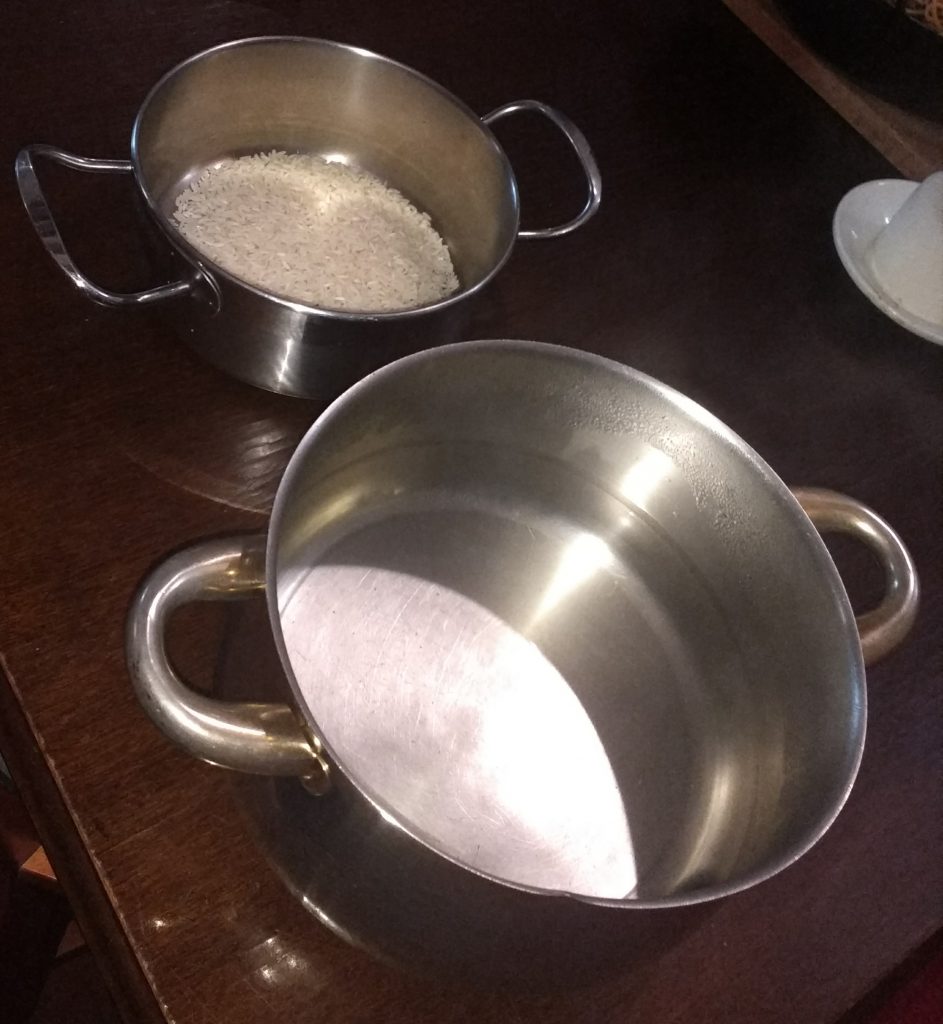
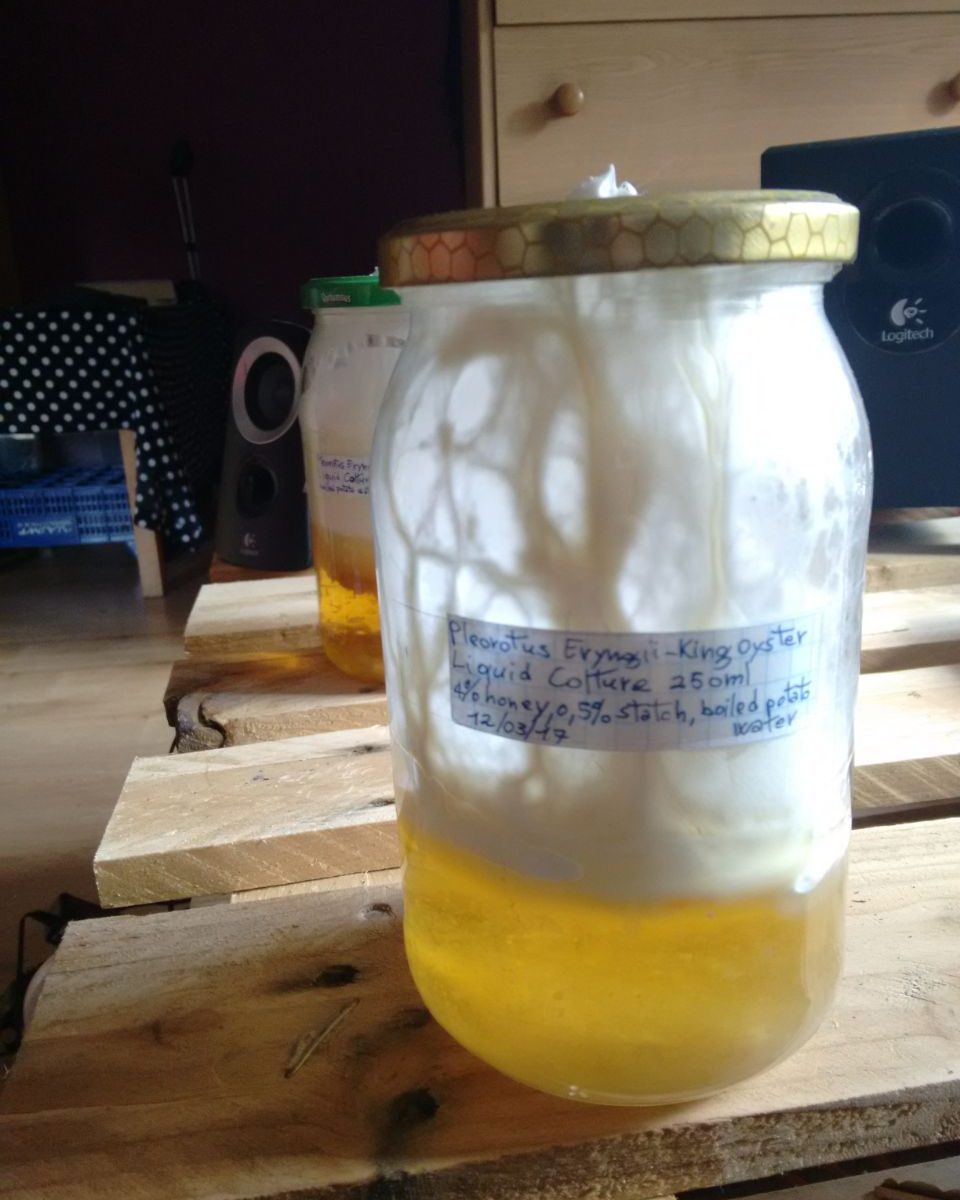
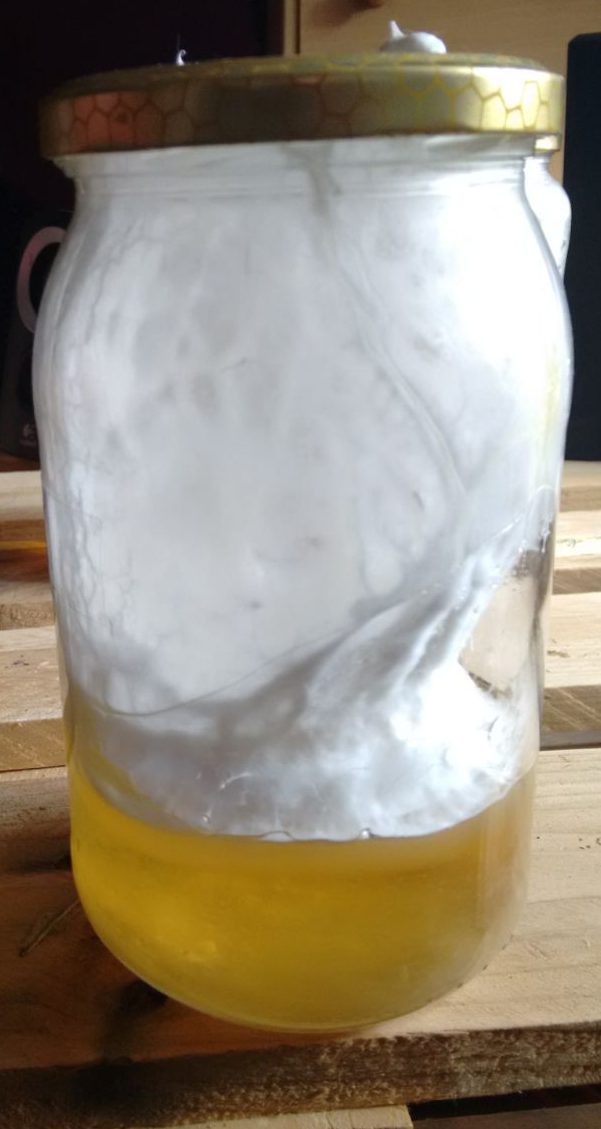
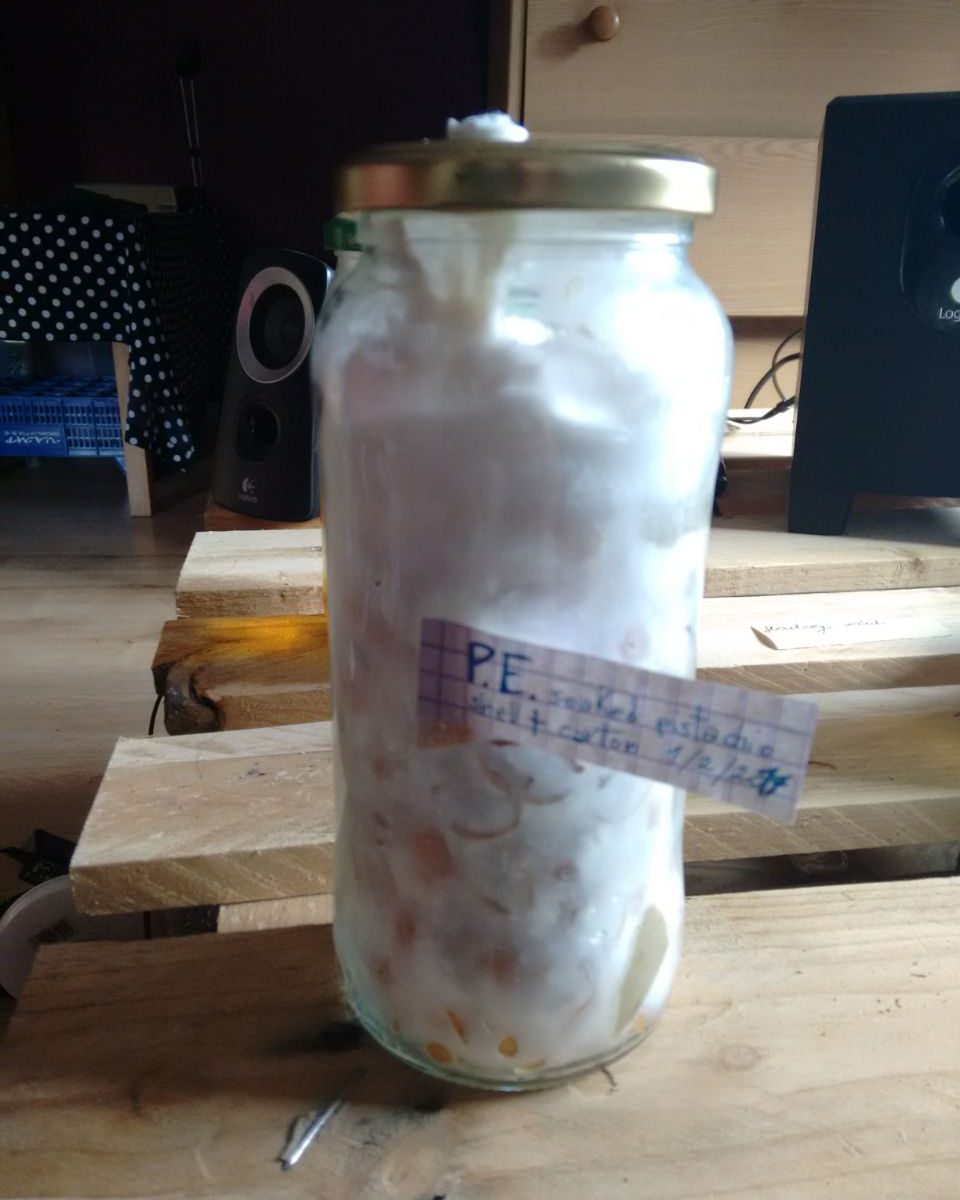
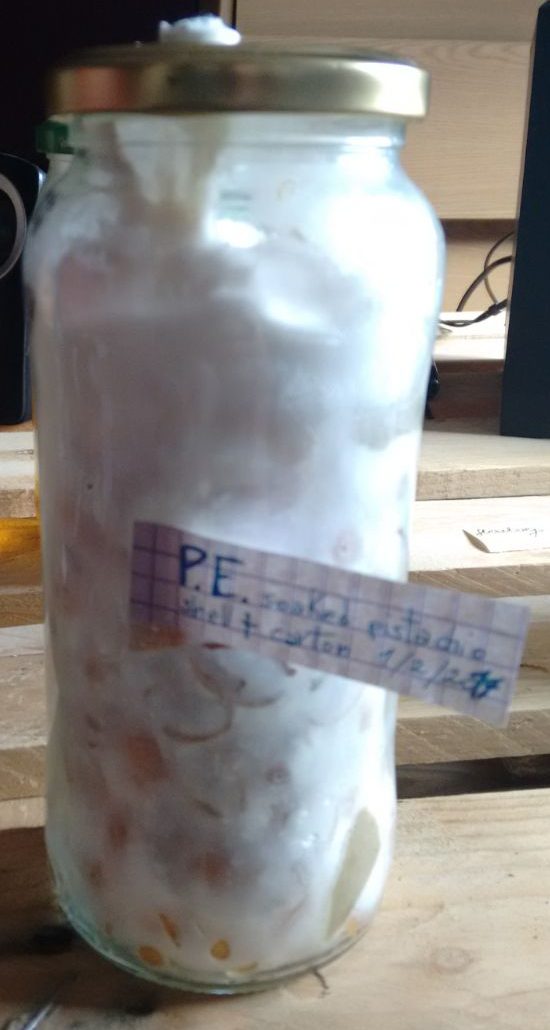
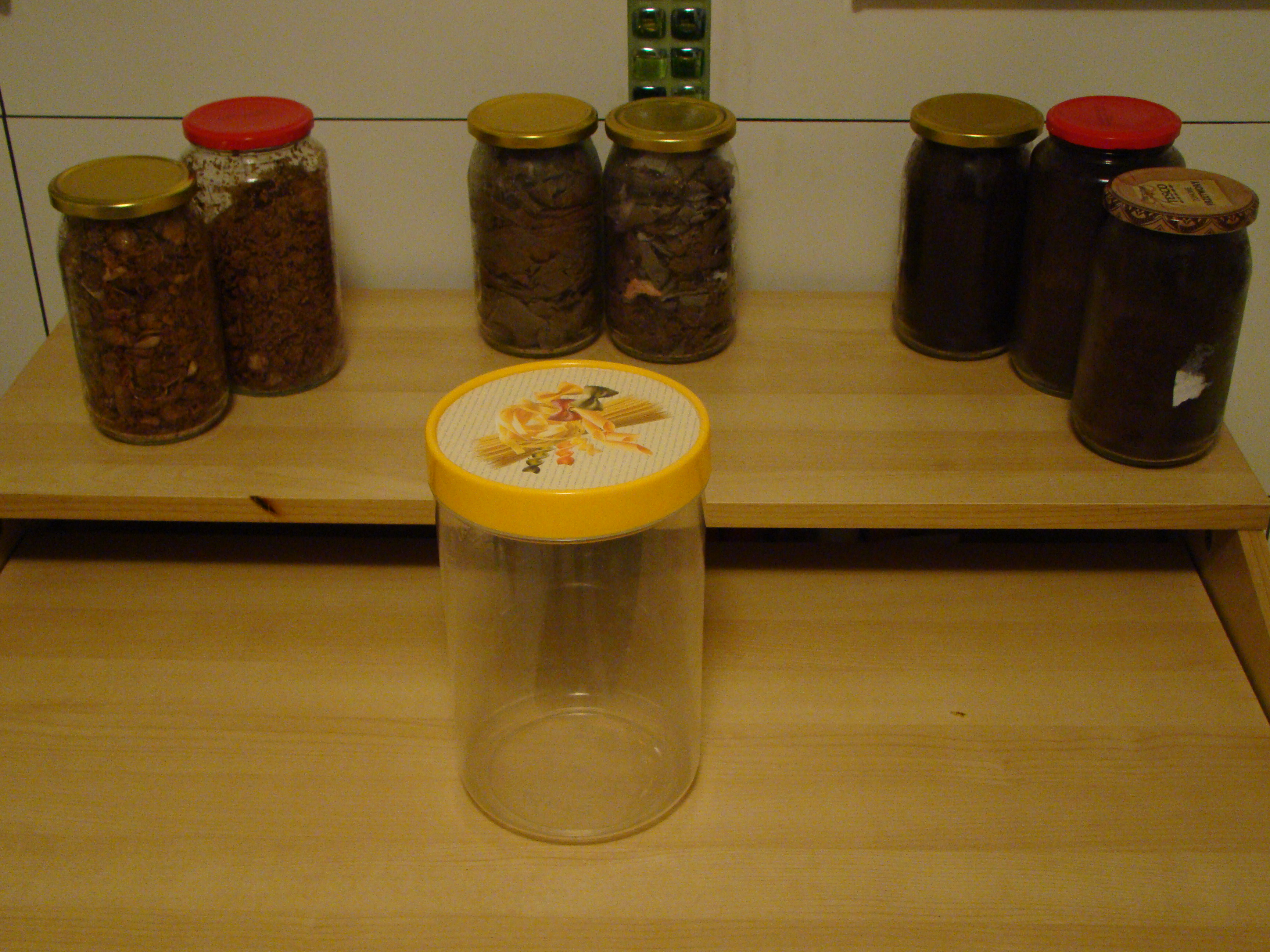
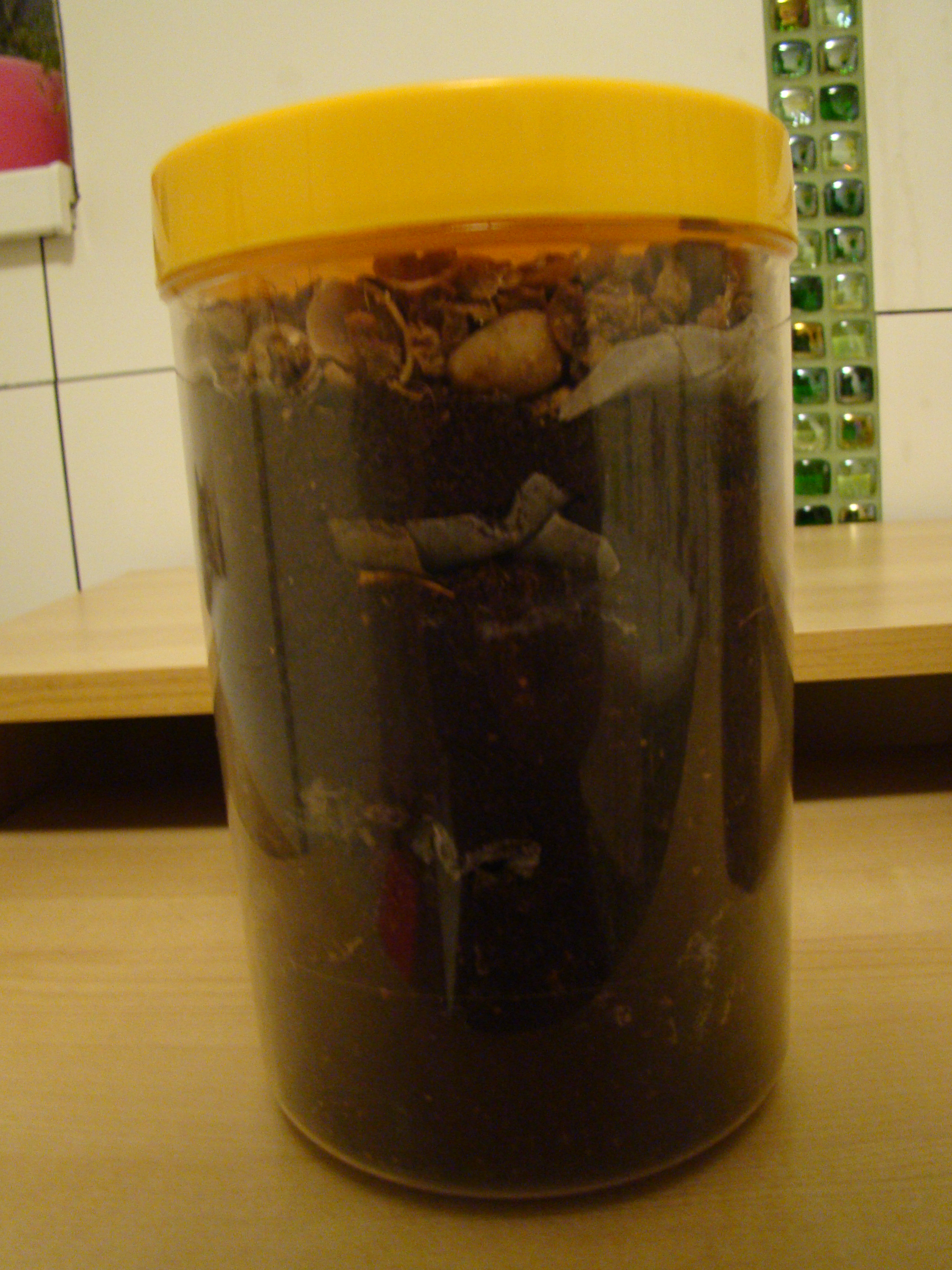
 I used an empty water plastic bottle, made in PET 1 (Polyethylene).
I used an empty water plastic bottle, made in PET 1 (Polyethylene).